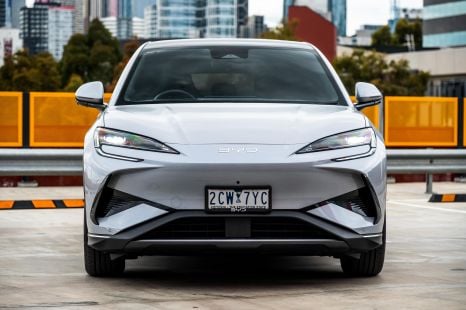

James Wong
2026 BYD Sealion 7 review
3 Hours Ago
Wondering what's real and what's fake on the latest Alfa Romeo Stelvio QV? We've done the work for you.

Design Contributor


Design Contributor
The Alfa Romeo Stelvio Quadrifoglio is widely considered to be one of the most driver-oriented SUVs on sale. Since its reveal at the 2016 Los Angeles motor show, reviewers have praised Alfa’s first premium SUV for its performance, handling and styling.
This year, both the Giulia and the Stelvio received a series of updates. In that context we decided to examine the design of the range-topping Stelvio Quadrifoglio (since there will never be a Stelvio GTA) and discover how much of it is functional.
Speaking of performance, the Stelvio is basically a raised version of the Giulia, riding on the Giorgio platform. Both Quadrifoglio versions are fitted with the 2.9-litre V6 Bi-Turbo engine with Ferrari technologies, producing 375kW and 600Nm.
The engine is mated to an eight-speed ZF automatic transmission. Unlike the rear-wheel drive Giulia Quadrifoglio, the Stelvio exclusively comes with an all-wheel drive system that can send up to 100 per cent of the power to the rear axle, or up to 50 per cent to the front.

According to Alfa Romeo, the Stelvio Quadrifoglio can accelerate from 0-100 km/h in 3.8 seconds and has a top speed of 283 km/h.
We shouldn’t forget that for a period of time during 2017, the Stelvio Quadrifoglio was the fastest production SUV around the Nurburgring with a lap time of 7:51.7 – a record later broken by the Mercedes-AMG GLC63 S and more recently by the Audi RSQ8.
Now we’ve covered the basics, we have to talk about the bodykit unique to the Quadrifoglio with the four-leaf clover emblem proudly sitting on its fenders.
At the front, the performance version of the SUV features a redesigned bumper with larger intakes and a more pronounced splitter, as well as a new aluminium bonnet with integrated vents.
As you can see from the picture below, the majority of the grille and intakes are real. The small areas highlighted in blue are covered because of the sensors for the ADAS systems, the parking sensors, the licence plate, and the energy-absorbing structure.
All of the rest highlighted with a mesh structure, feeds cold air into the engine and the front brakes.

On the profile, the body-coloured wheel-arch extensions complimenting the muscular aluminum fenders, have been added in order to cover the wider tracks (especially at the rear). Other details include the larger side sills and the tinted windows with a black frame.
The beautiful black standard wheels have a diameter of 20 inches, while there is a new design available inspired by the Tonale, measuring 21 inches.
The updated model also benefits from a broader colour palette arranged in four different categories: Competizione, Metal, Solid and Oldtimer.
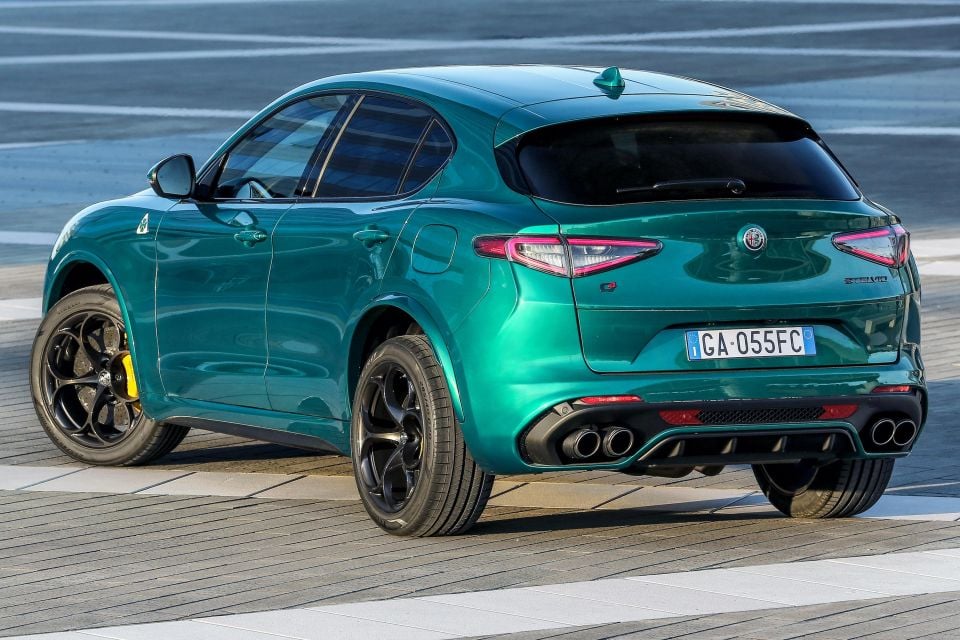
Moving to the back, there is a larger rear spoiler above the inclined rear windscreen, tinted and transparent covers for the LED taillights (new for MY2020) and an ultra-aggressive rear bumper.
As you can see from the image above, most of the side and central inlets on the rear bumper are not blocked – besides a small part housing the rear parking sensors (highlighted in red) – something that is surprisingly rare in the performance SUV world.
The diffuser is also functional, while both the standard quadruple round tailpipes and the optional Akrapovič titanium exhaust with carbon tips are 100 per cent real, and feature dual-mode settings for a fitting sound experience.
Last but not least, Mopar offers a variety of accessories for the Quadrifoglio, including a (real) carbon fibre finish for the scudetto grille, the mirror caps and the rear spoiler.
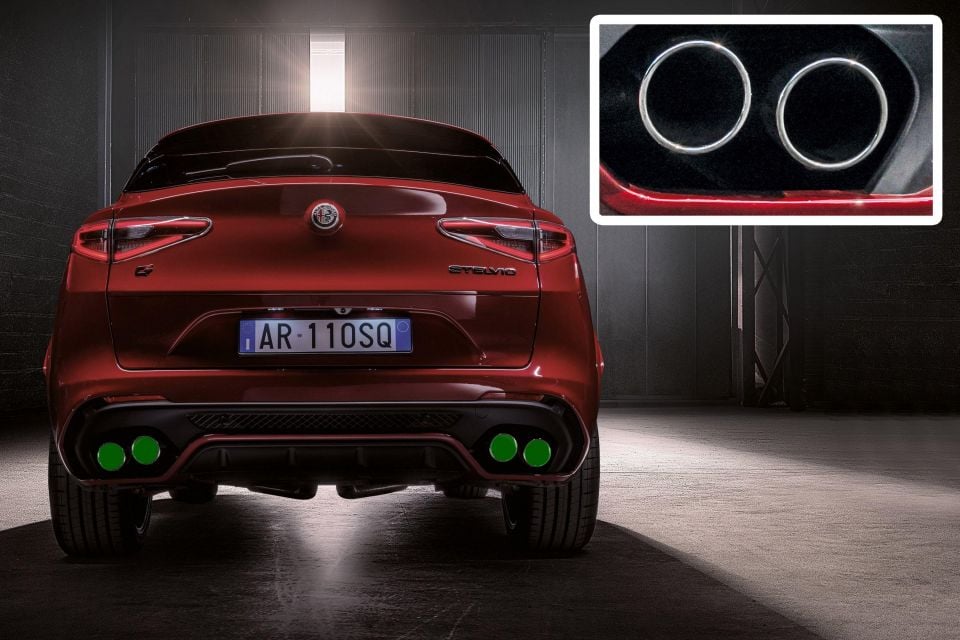
Inside, the 2020 Stelvio benefits from a new infotainment system with an 8.8-inch screen that can be operated by touch, or with the help of the rotary dial.
The Quadrifoglio version has additional screens and graphics showcasing torque distribution, power delivery, oil temperature, turbo pressure and various performance metrics. Other changes include updated materials on the dashboard, a redesigned centre console with more storage, and the Italian flag on the base of the gear lever.
The sporty atmosphere is enhanced by the bucket seats upholstered in Alcantara or perforated leather, or the optional (gorgeous) carbon-fibre seats by Sparco. The new three-spoke flat-bottom steering wheel has integrated controls, a red start button, leather and Alcantara trim, red stitching and large aluminium paddles for the gearbox.
Behind it, the round analogue gauges have a traditional Alfa Romeo look with a screen between them.
The carbon fibre trim on the steering wheel, centre console and dashboard is also real.
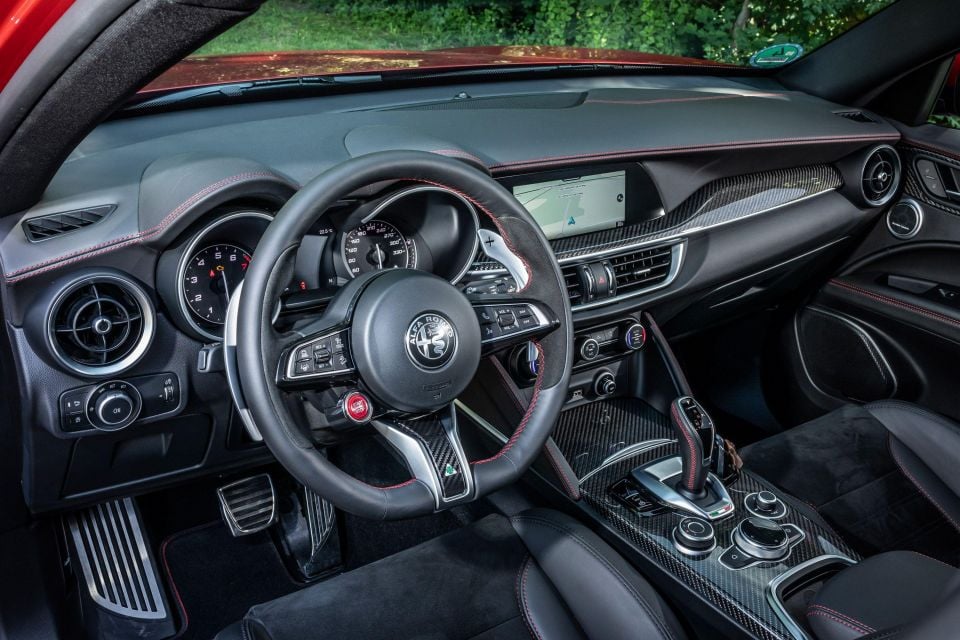
As for the driver assistance systems, the MY2020 Stelvio comes equipped with lane-keeping assist, blind-spot monitoring, driver attention monitoring, active cruise control, traffic jam assist, and Highway Assist allowing for Level 2 autonomous driving.
As we have been told by people working in Centro Stile Alfa Romeo, the engineering department played a very important role in the development of the Quadrifoglio, something that is evident in the form-follows function design which also manages to look sexy, timeless and aggressive.
Where expert car reviews meet expert car buying – CarExpert gives you trusted advice, personalised service and real savings on your next new car.


James Wong
3 Hours Ago


Damion Smy
11 Hours Ago


Damion Smy
15 Hours Ago
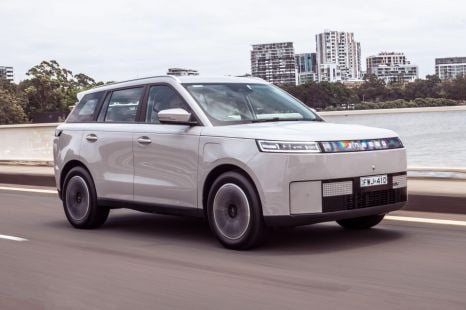

Josh Nevett
17 Hours Ago
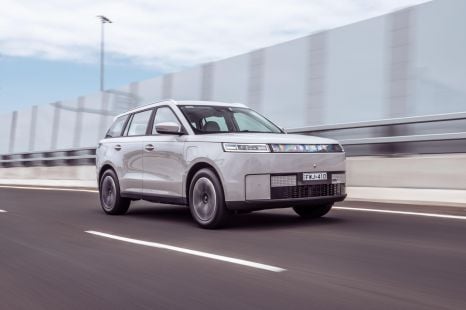

Josh Nevett
17 Hours Ago
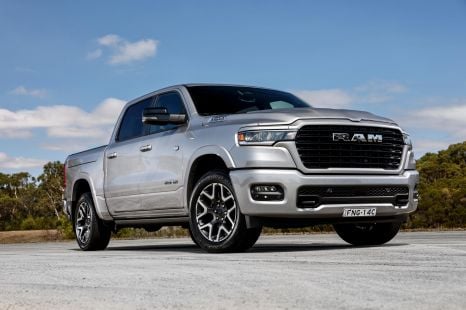

Damion Smy
17 Hours Ago